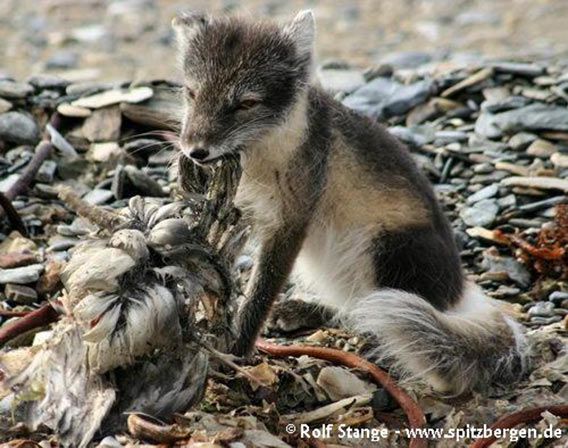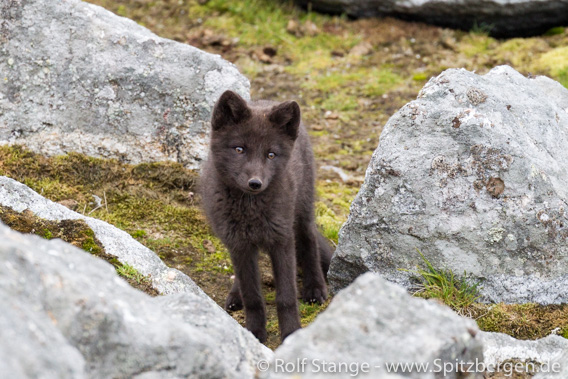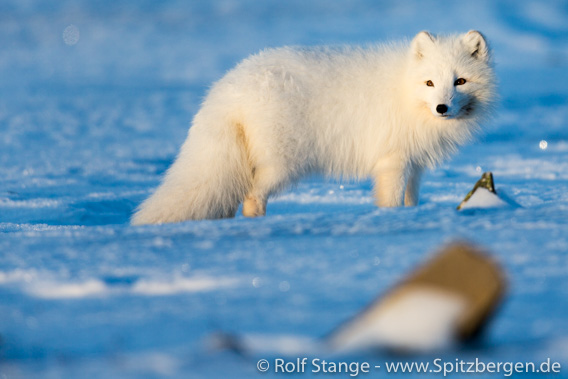-
current
recommendations- Liefdefjord
New page dedicated to one of Spitsbergen's most beautiful fjords. Background information and many photos.

- New Spitsbergen guidebook
The new edition of my Spitsbergen guidebook is out and available now!

- Liefdefjord
New page dedicated to one of Spitsbergen's most beautiful fjords. Background information and many photos.
Seitenstruktur
-
Spitsbergen-News
- Select Month
- April 2024
- March 2024
- February 2024
- January 2024
- December 2023
- November 2023
- October 2023
- September 2023
- August 2023
- July 2023
- June 2023
- May 2023
- April 2023
- March 2023
- February 2023
- January 2023
- December 2022
- November 2022
- October 2022
- September 2022
- August 2022
- July 2022
- June 2022
- May 2022
- April 2022
- March 2022
- February 2022
- January 2022
- December 2021
- November 2021
- October 2021
- September 2021
- August 2021
- July 2021
- June 2021
- May 2021
- April 2021
- March 2021
- February 2021
- January 2021
- December 2020
- November 2020
- October 2020
- September 2020
- August 2020
- July 2020
- June 2020
- May 2020
- April 2020
- March 2020
- February 2020
- January 2020
- December 2019
- November 2019
- October 2019
- September 2019
- August 2019
- July 2019
- June 2019
- May 2019
- April 2019
- March 2019
- February 2019
- January 2019
- December 2018
- November 2018
- October 2018
- September 2018
- August 2018
- July 2018
- June 2018
- May 2018
- April 2018
- March 2018
- February 2018
- January 2018
- December 2017
- November 2017
- October 2017
- September 2017
- August 2017
- July 2017
- June 2017
- May 2017
- April 2017
- March 2017
- February 2017
- January 2017
- December 2016
- November 2016
- October 2016
- September 2016
- August 2016
- July 2016
- June 2016
- May 2016
- April 2016
- March 2016
- February 2016
- January 2016
- December 2015
- November 2015
- October 2015
- September 2015
- August 2015
- July 2015
- June 2015
- May 2015
- April 2015
- March 2015
- February 2015
- January 2015
- December 2014
- November 2014
- October 2014
- September 2014
- August 2014
- July 2014
- June 2014
- May 2014
- April 2014
- March 2014
- February 2014
- January 2014
- December 2013
- November 2013
- October 2013
- September 2013
- August 2013
- July 2013
- June 2013
- May 2013
- April 2013
- March 2013
- February 2013
- January 2013
- December 2012
- November 2012
- October 2012
- September 2012
- August 2012
- July 2012
- June 2012
- May 2012
- April 2012
- March 2012
- February 2012
- January 2012
- December 2011
- November 2011
- October 2011
- September 2011
- August 2011
- May 2011
- April 2011
- March 2011
- February 2011
- January 2011
- December 2010
- November 2010
- September 2010
- August 2010
- July 2010
- June 2010
- May 2010
- April 2010
- March 2010
- February 2010
- November 2009
- October 2009
- August 2009
- July 2009
- June 2009
- May 2009
- April 2009
- March 2009
- February 2009
- January 2009
- December 2008
- November 2008
- October 2008
- August 2008
- July 2008
- June 2008
- May 2008
- April 2008
- March 2008
- February 2008
- April 2000
- Select Month
-
weather information

| THE Spitsbergen guidebook |
Arctic fox (Vulpes lagopus, formerly Alopex lagopus)
On the Norwegian mainland, their numbers have fallen so sharply that they are reared in captive breeding programmes and released into the wild again. On Spitsbergen, on the other hand, their population is stable. And this despite the fact that the curious Arctic foxes were intensively hunted because of their fur for centuries.

Arctic fox in summer coat, Engelskbukta
Description: Adult Arctic foxes are about 60 cm long and 2.5- 5 kg in weight. They have a very dense, thick, usually completely white winter fur, that is brown during the summer; moulting is from May to early July and September to December. Additionally, there is a small proportion that remains dark brown throughout the year. These types belong to the same species, but it is the dark morph, the so-called “blue fox”, which is very rare in Spitsbergen, about 3 % of the total population.

»Blue fox« with dark fur all year round.
Distribution / Migrations: Arctic foxes have a circumpolar distribution. They roam over large areas, preventing sub-populations from being isolated. In Svalbard, Arctic foxes appear on all the islands and in all habitats from the drift ice at sea to mountains, although they prefer the tundra in the vicinity of bird cliffs during the summer. In favourable areas with good food availability an Arctic fox may manage with a territory of less than 10 sq km, otherwise 10-20 sq km.
Biology: Arctic foxes eat pretty much everything they can get hold of, typically eggs and chicks during the summer. They have to make do without rodents in Svalbard, as these do not occur in this region. Food availability during the summer is generally good, but the winter is a meagre season, during which Ptarmigans, carrion, hidden stocks and, near settlements, rubbish are important items on the menu. Some Arctic foxes follow Polar bears out onto the drift ice and feed on the left-overs of their meals. Starvation during the winter seems to be the main cause of death.
During the mating season, Arctic foxes have a territory, the size of which depends on food availability: The more food that is available, the smaller the territory. Mating is in March, and the female will give birth in a den, often under large rocks, in late May or early June. Five or six cubs, even more in good years, are born to enjoy the rich, early arctic summer, but many will die during the first winter. Those who survive have a good chance to reach an age of three or four or, in exceptional cases, even ten years or more.
Miscellaneous: The population is sound and stable in Svalbard despite centuries of intense hunting. Outside the protected areas, locals are still allowed to hunt during a certain period in the winter. Arctic foxes have traditionally been caught during the winter with wooden traps that kill the fox with a heavy weight of stones without damaging the precious fur which provided a very important income for trappers.
Nevertheless, Arctic foxes are often quite inquisitive and with a bit of luck you may observe them from a close distance. Remember, however, that they can have rabies or tapeworms in Svalbard. Both can be very dangerous for humans, so don’t touch unnaturally friendly or dead foxes or fox excrement.

»White fox« with white winterfur.
BOOKS, CALENDAR, POSTCARDS AND MORE
This and other publishing products of the Spitsbergen publishing house in the Spitsbergen-Shop.
last modification: 2018-09-06 ·
copyright: Rolf Stange


































